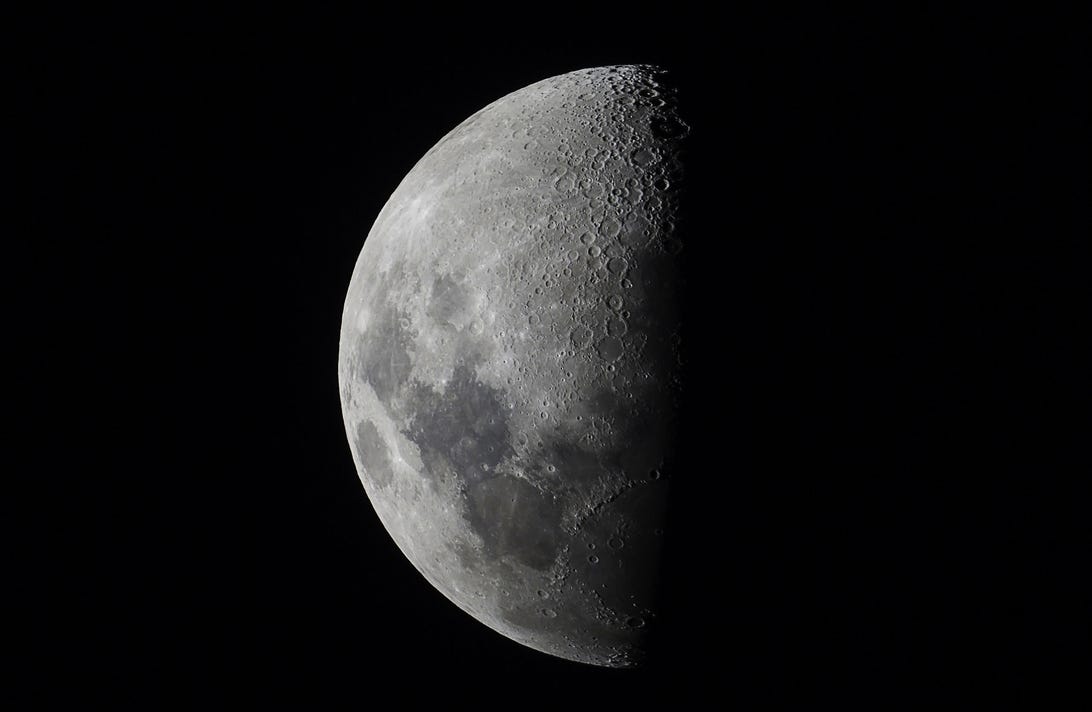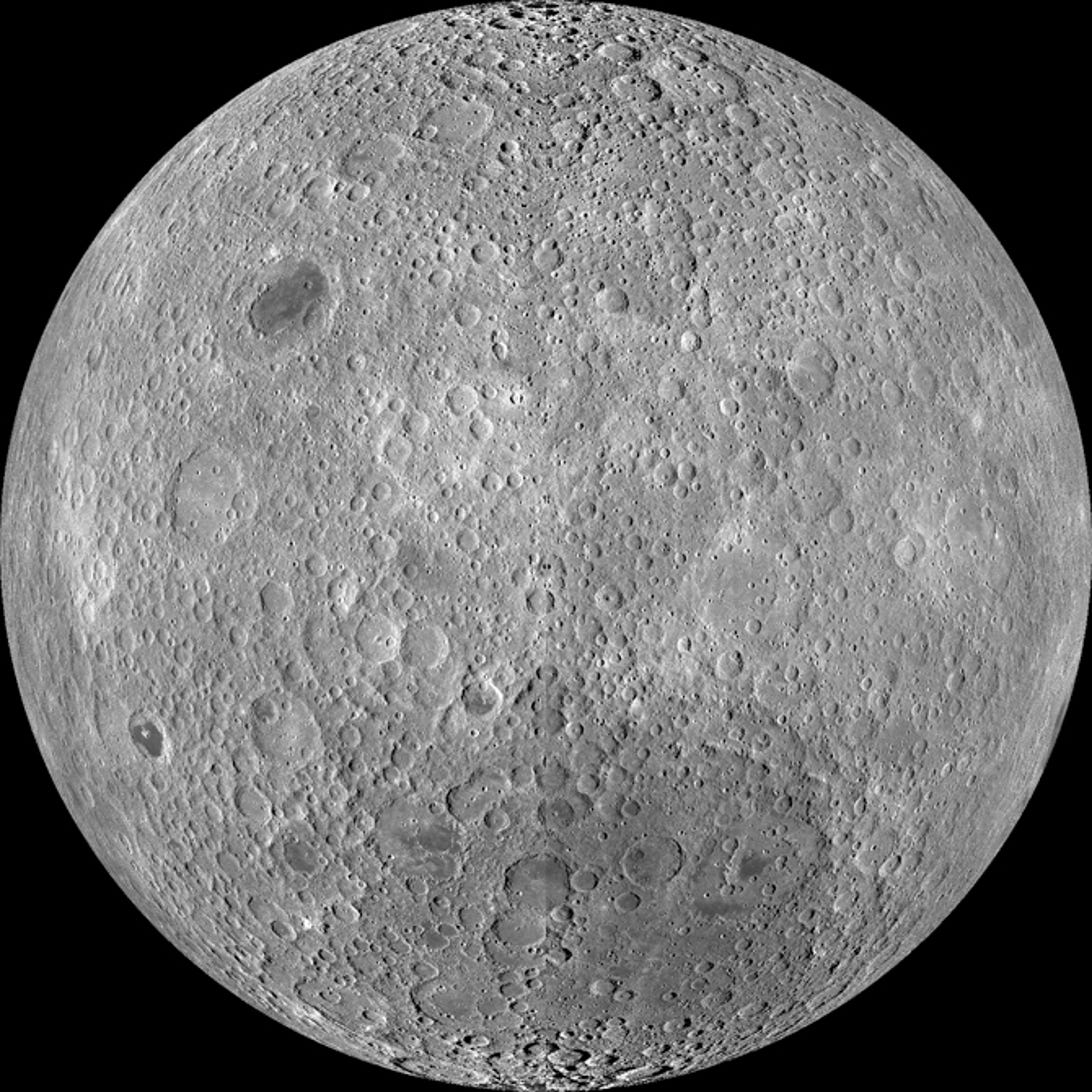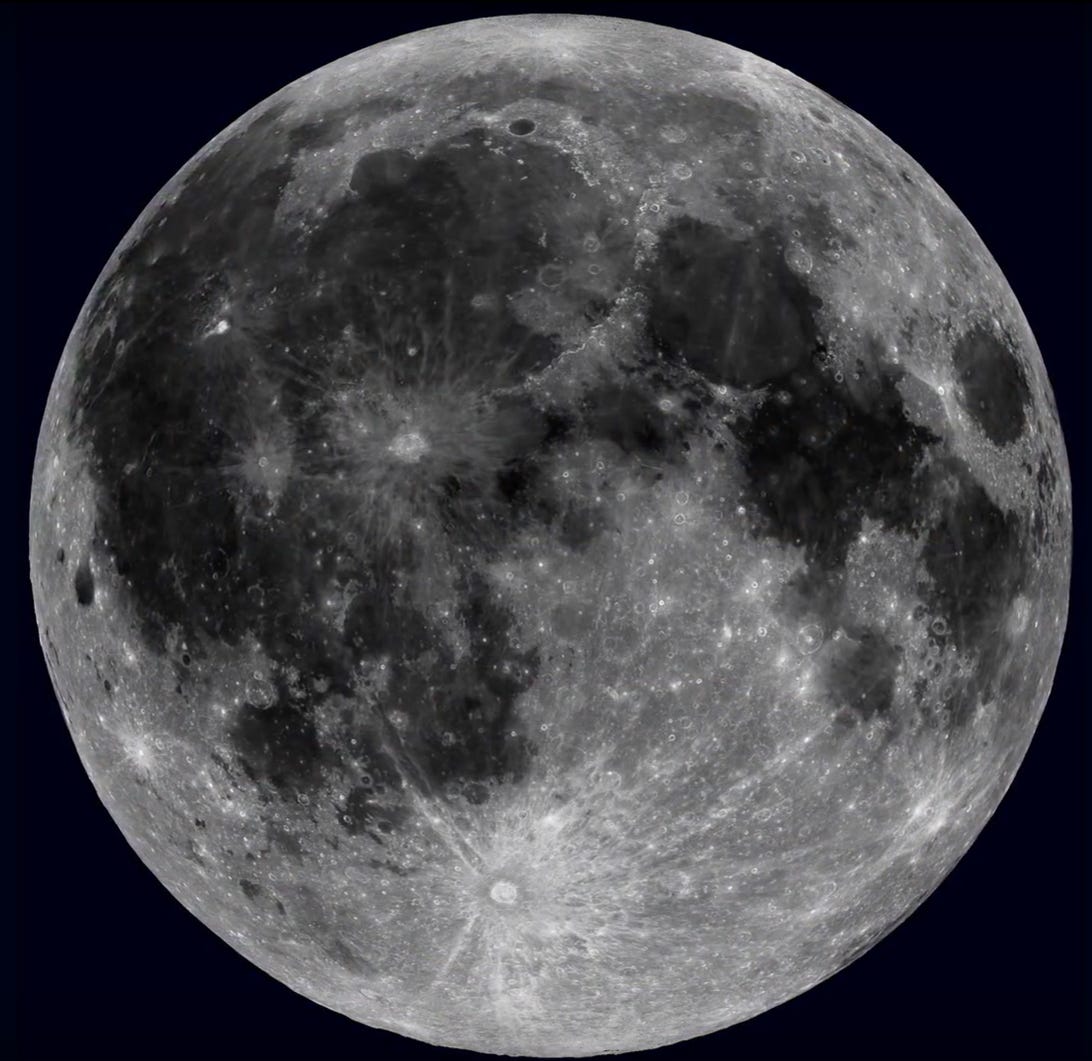[ad_1]

We’re little by little learning about why the moon’s two sides are so unique.
David Trood/Getty Visuals
It is 9:30 at evening. You’re just returning household from meal, completely ready to brew an evening cup of chamomile tea. But before sauntering indoors, you make time for a brief look at the moon. A glowing sphere speckled with obscure, sleek, darkish designs gazes back again. It is really polished, shiny and most of all, acquainted.
But this is the only aspect of the moon you have ever viewed from down in this article. You will find a full other side to the lunar floor, the significantly side, but we won’t be able to notice it for the reason that it won’t transform to Earth. It hardly ever will. In actuality, 1959 was the initial time humanity even got a glimpse of the concealed area, many thanks to the Soviet Luna 3 probe, and it was not everything like what we are utilised to.
It was rugged, noticed with tons of craters, and it lacked these characteristic deep gray designs. Later missions even disclosed it to be crammed with absolutely different components. In essence, our moon has two faces, and scientists are still seeking to remedy the thriller of why they’re so unique.
But a paper published Friday in the journal Science Advances may well ultimately have an explanation for a single main component of this enigmatic lunar duality. It has to do with dark shadows, an effect a lot of billions of a long time in the past, and… lava.
Lunar lava
Mainly, people swirly shades we see on the moon are known as lunar mare, and they are the result of historic lava from volcanic exercise on the surface area. The considerably facet of the moon does not have this sort of marks, which is quite surprising mainly because, properly, if one particular aspect has a volcanic legacy, certainly the other need to way too?
The workforce guiding the new research had a identical question.

An graphic of the moon’s far side.
NASA/Goddard/Arizona Condition College
So they made use of computer simulations to see what might’ve gone on extended, extended (very long) back, way right before any volcanic exercise on the moon’s area. Much more specially, they re-produced a enormous impression that, billions of yrs in the past, transformed the base of the moon, forming a gigantic crater that we now refer to as the South Pole-Aitken basin.
“We know that large impacts like the 1 that formed SPA would produce a ton of heat,” Matt Jones, a planetary scientist from Brown University and direct writer of the research, claimed in a statement. “The dilemma is how that warmth influences the moon’s inside dynamics.”
What they observed is that this large smash would’ve developed a plume of warmth that carried a bunch of precise warmth-developing chemical factors to the around side of the moon, and not the considerably side.”We be expecting that this contributed to the mantle melting that manufactured the lava flows we see on the surface,” Jones said.
In other words, people components presumably contributed to an era of volcanism on the lunar portion that faces us, and left the considerably aspect untouched.

The aspect we are acquainted with.
NASA/Goddard House Flight Heart/Arizona Point out College
Strikingly, this hypothesis also aligns with an additional elusive lunar difference: Many areas on the near facet are regarded to have chemical compounds like potassium and phosphorus and heat manufacturing kinds like thorium and other uncommon earth aspects. Collectively referred to as Procellarum KREEP terrane, or PKT, these features usually are not present on the moon’s considerably facet. It is really peculiar.
But these are precisely the elements the new study’s scientists identified spurring volcanic activity in their simulations, on the close to side of the moon and as a final result of the affect.
“How the PKT shaped is arguably the most major open query in lunar science,” Jones said, “and the South Pole–Aitken affect is just one of the most important events in lunar record. This do the job provides people two factors together, and I consider our success are definitely remarkable.”
They get in touch with their solution credible with regard to all the lunar information we have, but it truly is continue to a concept that’ll demand additional affirmation as the years go on. Irrespective, the subsequent time you capture on your own using in the moon’s splendor, maybe you’ll give the concealed and bumpy much aspect a tiny imagined way too.
[ad_2]
Source link